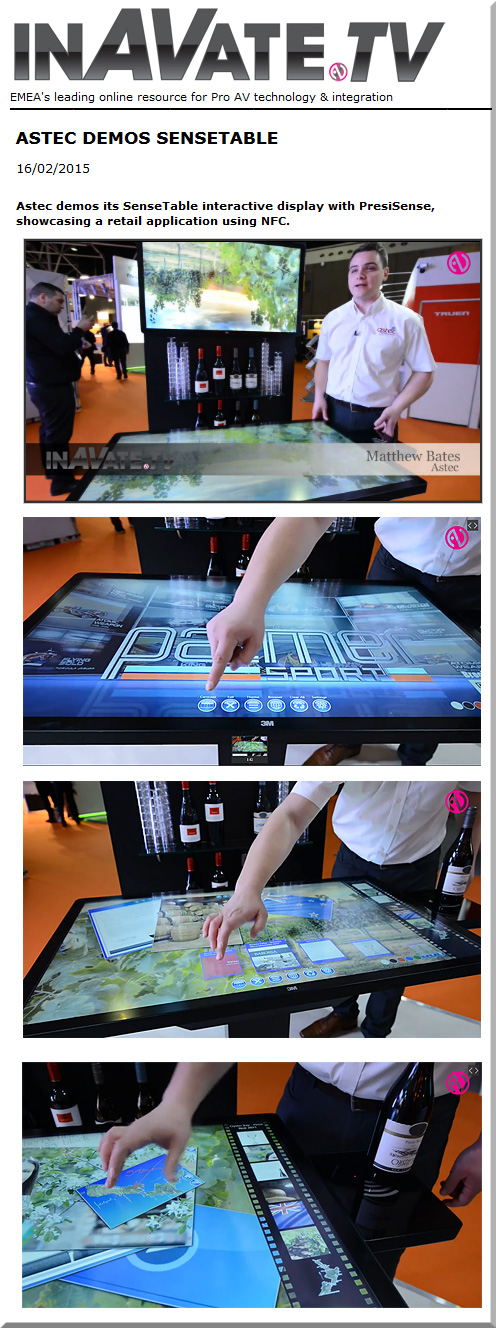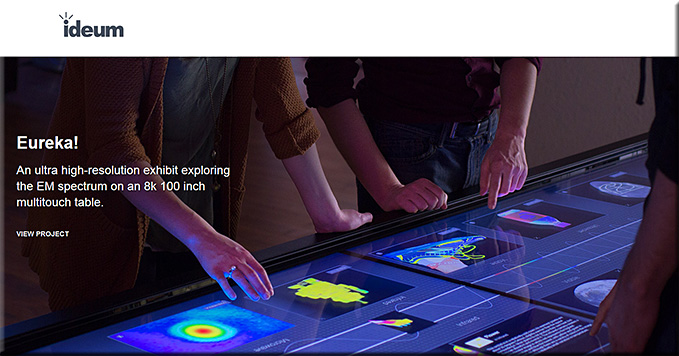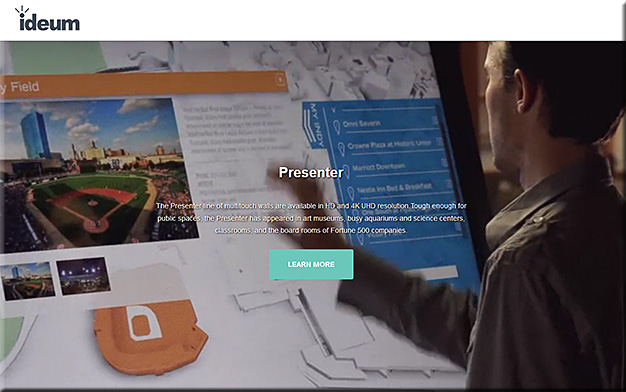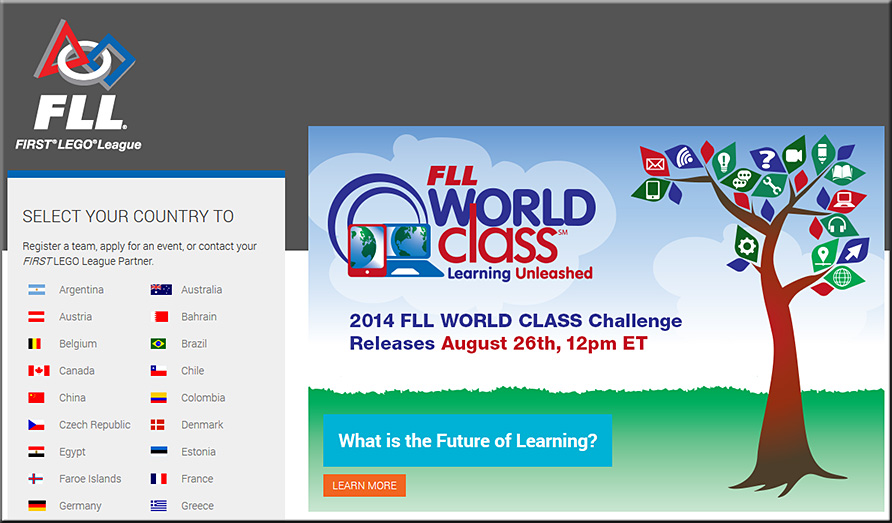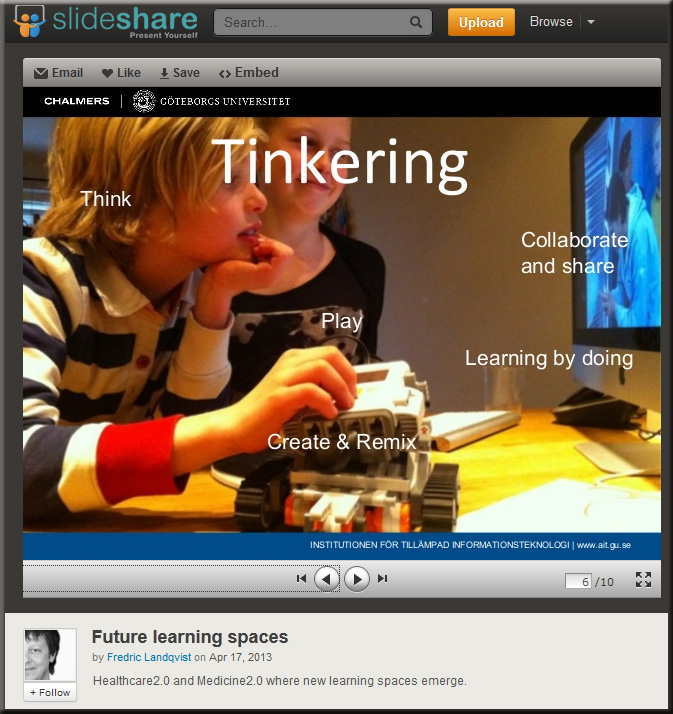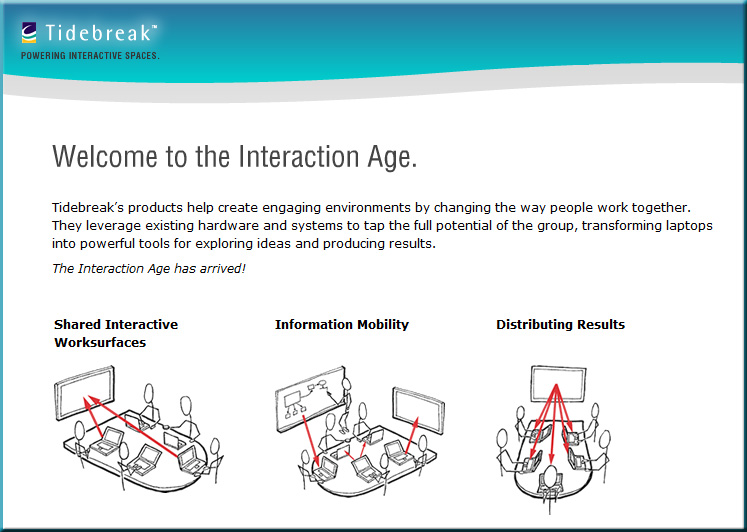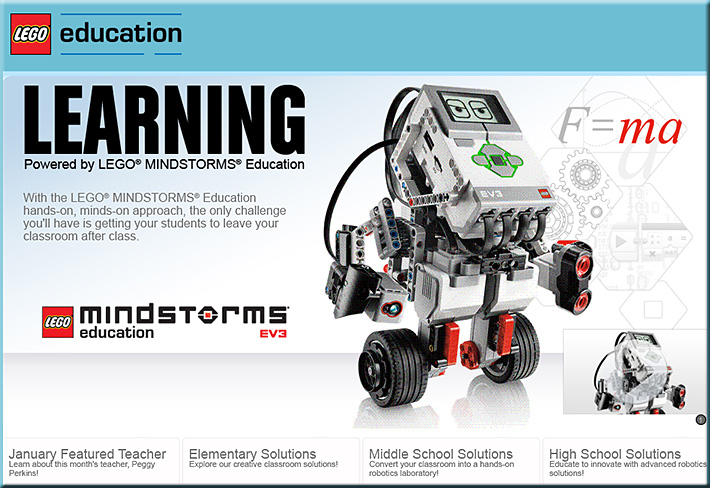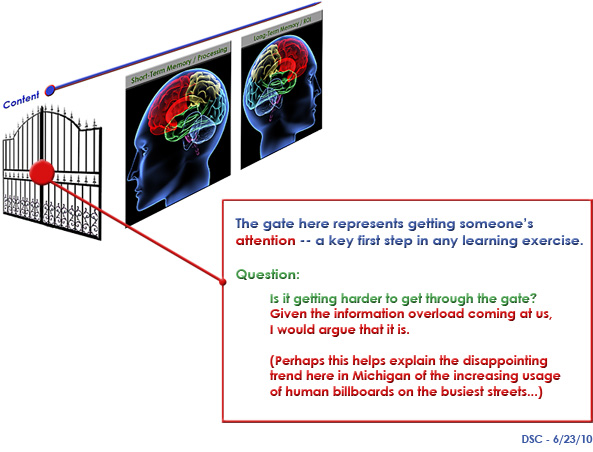From DSC:
Check out some of the functionality in these solutions. Then imagine if these solutions were in the size of an entire wall in a classroom or in a corporate L&D facility. Whew!
- Some serious opportunities for collaboration would arise for remote learners –as well as those located in the face-to-face setting
- What new affordances would be present for those teaching in K-12, higher ed, or trainers working within the training/learning and development fields? Conversations/discussions would be recorded — to be picked up at the next session. In the meantime, learners could review the discussions at their own pace.
- What if all of this were possible in your future Smart/Connected TV?
- I’m also talking here about a vendor that could offer solutions that K-12 systems and institutions of higher ed could afford; some of the solutions below have much of what I’m envisioning here, but are out of the price range. Or the product is multitouch and fairly large, but it doesn’t offer the collaborative features of some of the other products here.
Ideum’s touch walls come close to what I’m talking about in this posting. If they could add some functionality for seeing/bringing in/collaborating with remote learners — as found in Mezzanine — then that would be great!
Also see:
Also see bluescape — but these excellent, innovative solutions are out of the price range for most K-12 and higher ed institutions:










